Tokyo can feel like stepping into another dimension — neon lights flash everywhere, trains run with clockwork precision, and vending machines sell everything from hot coffee to fresh bananas. It’s an incredible city that rewards curious travelers, but it can also drain your wallet faster than you’d expect if you’re not prepared.
Many first-time visitors fall into expensive traps that locals know how to avoid. These aren’t just minor inconveniences — they’re budget-busting mistakes that can turn your dream trip into a financial nightmare. Here is a list of 18 costly mistakes that first-timers make in Tokyo.
Not Getting a Train Pass
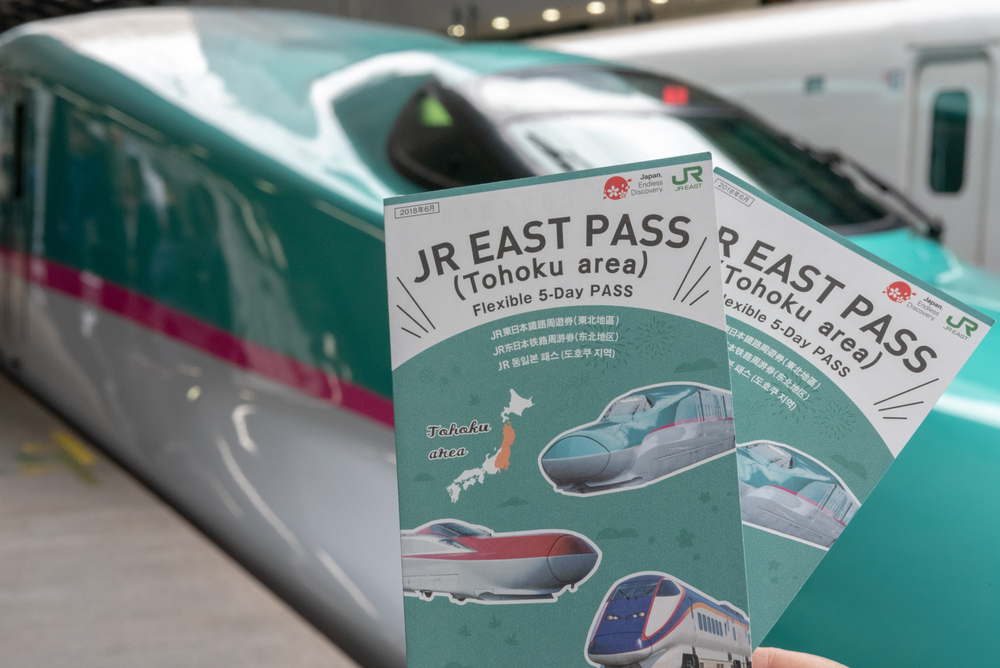
— Photo by Shawn.ccf
Tokyo’s train system is like a spider web designed by someone who really loves complexity. Without a proper pass, you’ll find yourself feeding individual tickets into machines every single time you want to go anywhere. A 7-day Tokyo Metro pass costs around $28, but individual rides can run $2-4 each, and trust me, you’ll be taking a lot of trains. The math works out fast when you realize most tourists take 6-8 train rides per day. Plus, having a pass means you won’t stand there confused at ticket machines while a line of impatient commuters builds up behind you.
Staying Only in Shibuya or Shinjuku
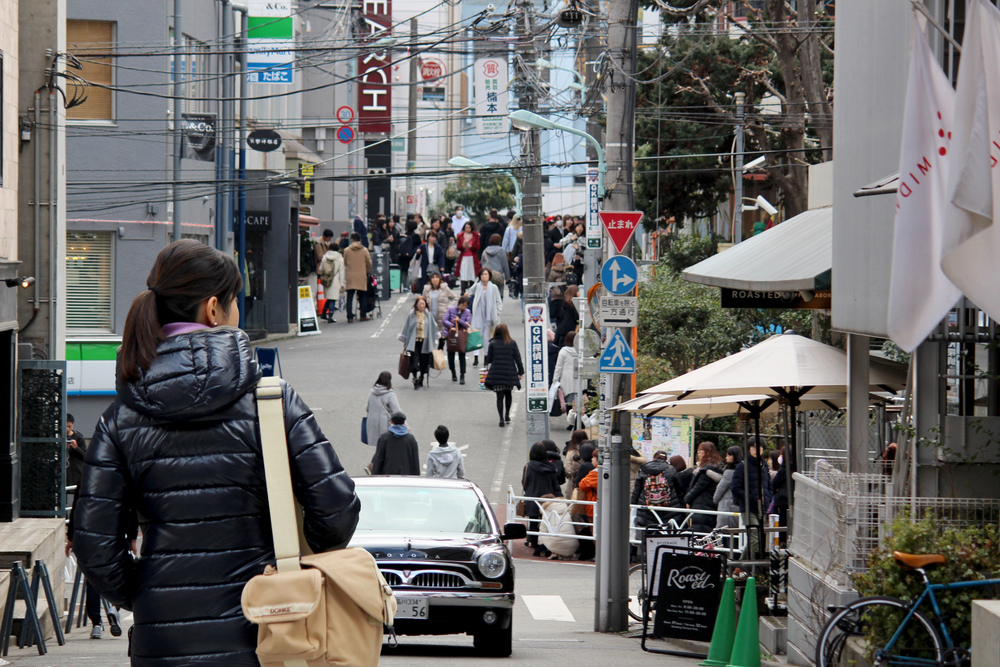
— Photo by kazwako
These famous districts are tourist magnets for good reason, but they’re also price magnets. Hotels in Shibuya can cost $200–$400 per night for basic rooms that would be half the price in neighborhoods like Asakusa or Ueno. The thing is, Tokyo’s train system makes every area accessible within 30–45 minutes, so staying in a ‘less famous’ neighborhood doesn’t mean missing out on anything. You’ll actually get a more authentic experience and have money left over for the good stuff — like that $80 omakase dinner you’ve been dreaming about.
Eating Only at Tourist Restaurant Areas
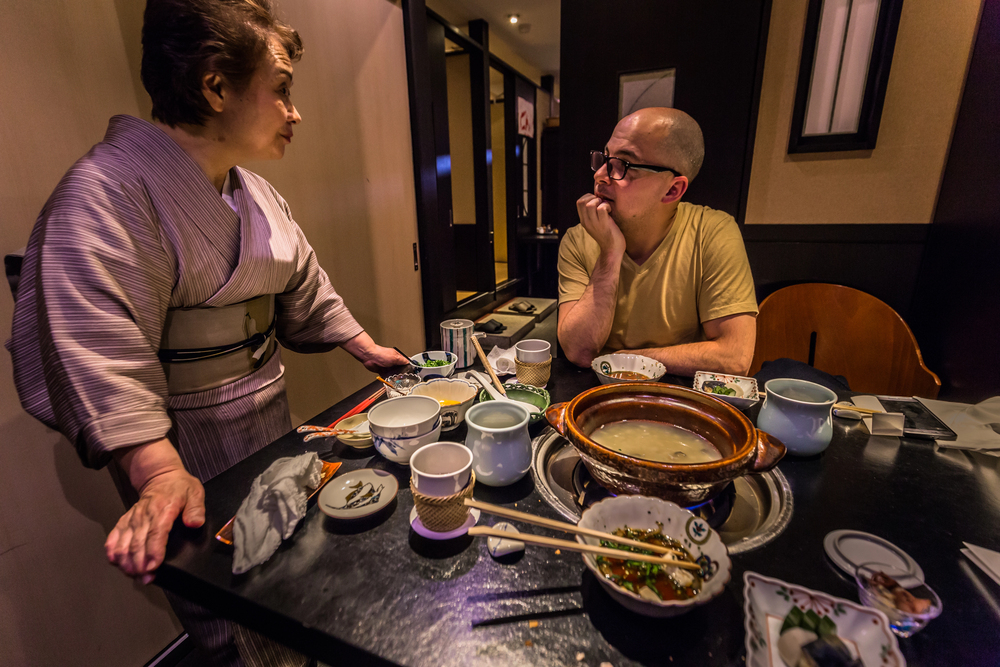
— Photo by RPBMedia
Ginza and the restaurant floors of department stores look impressive, but they’re designed to separate tourists from their money as efficiently as possible. A bowl of ramen in these areas might cost $20–$25, while the exact same quality (often better) costs $8–$12 at a neighborhood shop. The real gems are the tiny places with plastic food displays outside and no English menus — that’s where locals eat. Don’t worry about the language barrier; pointing works universally, and the worst that happens is you discover something delicious you never would have ordered.
Taking Taxis Everywhere
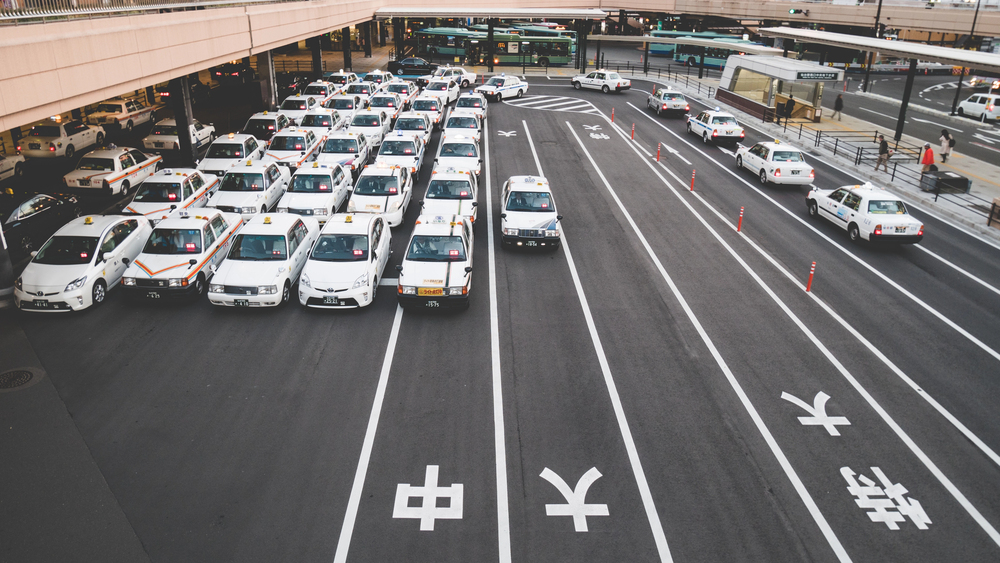
— Photo by boophuket
Tokyo taxis are clean, polite, and will bankrupt you faster than a gambling addiction. A 10-minute ride that costs $3 on the train will run you $25–$30 in a taxi, and that’s before you hit any traffic. The trains run until midnight and start again at 5 AM, covering almost all your travel needs. Save taxis for those rare late-night moments when you’ve missed the last train, or when you’re hauling luggage to the airport. Your wallet will thank you, and you’ll actually see more of the city through train windows than from the back of a cab.
Not Learning Basic Train Etiquette
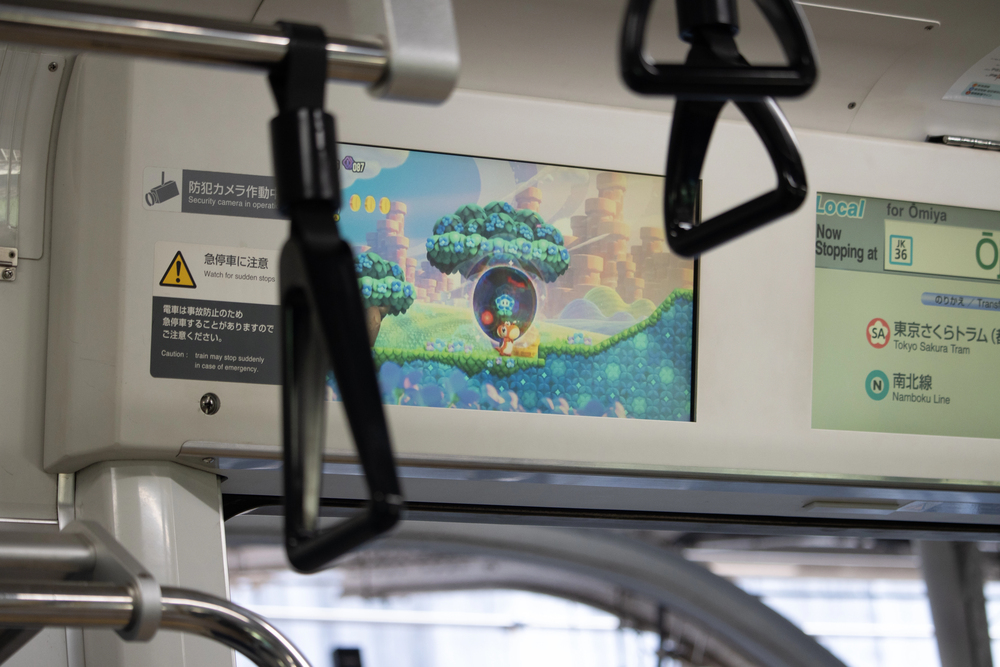
— Photo by HenryStJohn
Breaking train etiquette won’t cost you money directly, but it’ll cost you respect and potentially lead to awkward situations that could affect your trip. Don’t eat smelly food on trains, give up priority seats to elderly passengers, and for the love of all that’s holy, take your backpack off in crowded cars. Japanese people are incredibly polite, but they notice everything. Following basic etiquette makes your journey smoother and opens doors to helpful interactions with locals. Plus, you won’t be ‘that tourist’ that everyone remembers for all the wrong reasons.
Buying Everything at Convenience Stores
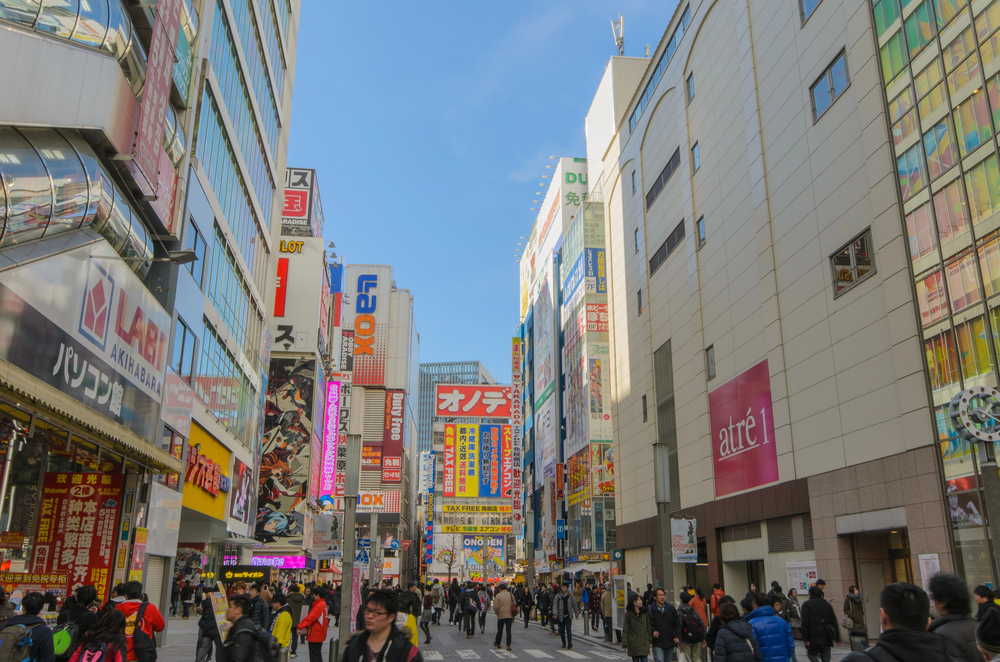
— Photo by kadsada23@gmail.com
7-Eleven and Lawson are everywhere and incredibly convenient, but convenience comes at a price. A bottle of water costs $1.50 at a convenience store but only $0.50 from a vending machine on the street. Snacks, drinks, and basic items are consistently 20–40% more expensive inside stores. The exception is their prepared food — those rice triangles and bento boxes are actually good deals and often better than expensive restaurant meals. Learn to distinguish between what’s worth buying inside versus what you should grab from the countless vending machines scattered around the city.
Not Booking Popular Restaurants in Advance
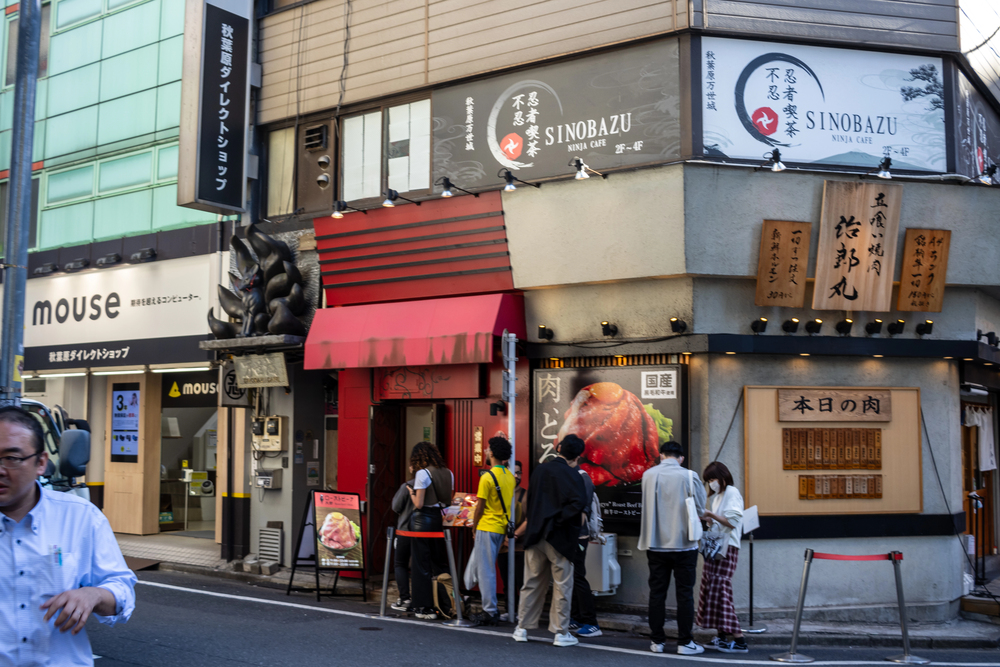
— Photo by HenryStJohn
Tokyo has more Michelin stars than any other city, and everyone wants a piece of that action. Showing up without reservations to popular spots is like trying to buy concert tickets at the door — possible, but you’ll pay premium prices or get turned away entirely. Many high-end restaurants require reservations weeks in advance, and some only take bookings through hotel concierges (for a fee, naturally). Make your dining reservations before you even book your flight. The alternative is settling for overpriced tourist traps or paying your hotel $50+ to make last-minute reservations for you.
Shopping Only in Ginza and Harajuku
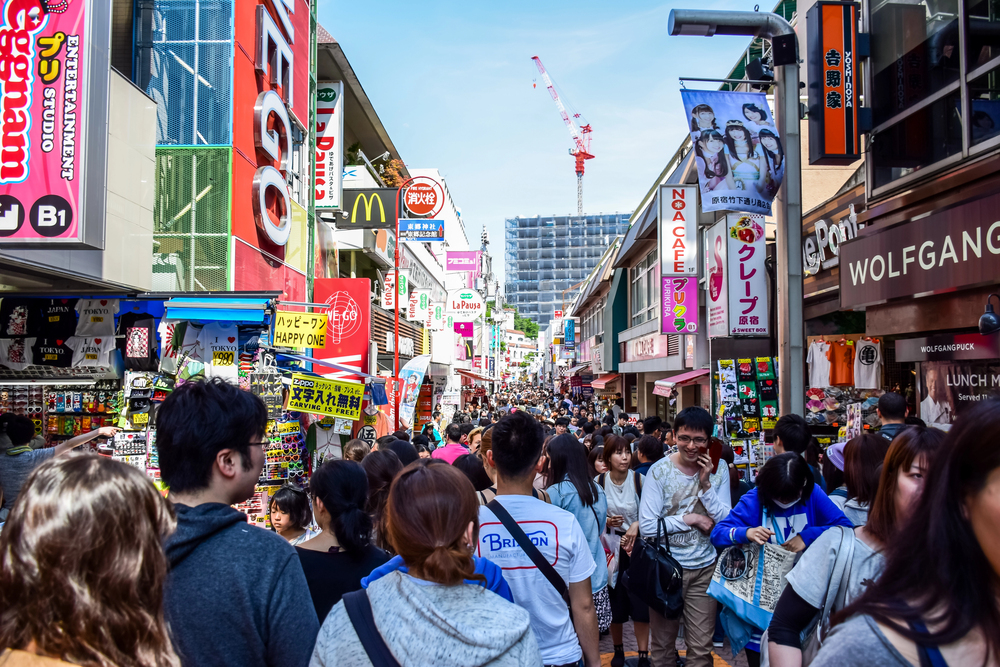
— Photo by parrysuwanitch
These districts are Instagram gold, but they’re also tourist pricing gold mines. A simple t-shirt in Ginza might cost $80, while the same quality item in neighborhoods like Shimokitazawa or Koenji costs $25. Harajuku’s Takeshita Street looks fun and quirky, but those cute accessories are marked up 200–300% compared to what locals pay elsewhere. The real shopping happens in places like Ameya-Yokocho market or the backstreets of Shibuya, where you’ll find unique items without the tourist tax. Plus, you’ll actually interact with shop owners instead of bored salespeople.
Using Hotel Wi-Fi for Everything
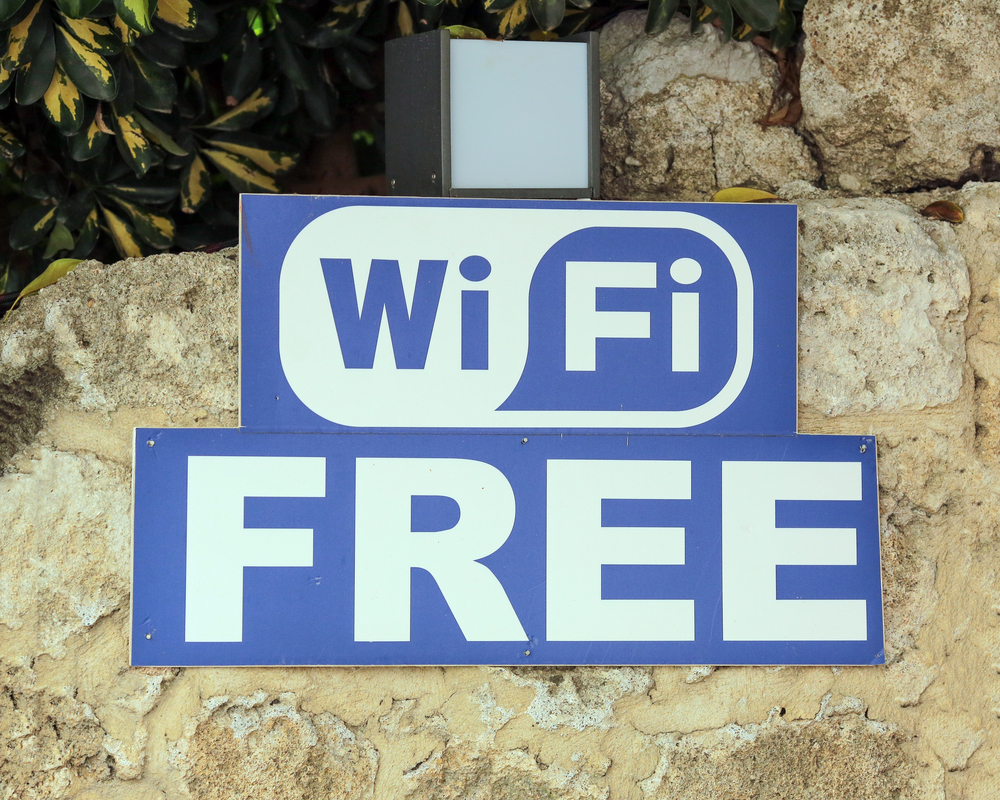
Hotel Wi-Fi in Tokyo ranges from decent to absolutely terrible, and many places charge extra for faster speeds. Instead of paying $10–$15 per day for premium hotel internet, rent a pocket Wi-Fi device for $5–$8 per day that works everywhere in the city. You can pick them up at the airport or have them delivered to your hotel. This keeps you connected for navigation, translation apps, and restaurant reviews while you’re out exploring. Dead phone batteries and getting lost because you can’t access maps will cost you way more than a simple Wi-Fi rental.
Not Understanding Tipping Culture
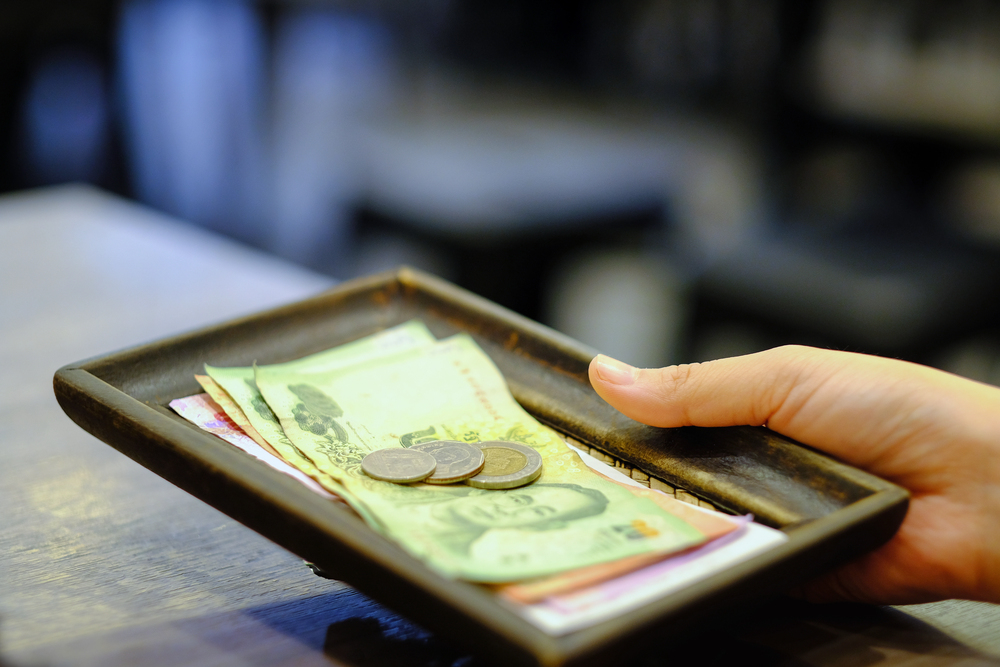
This might save you money, but doing it wrong can create uncomfortable situations. Japan doesn’t have a tipping culture — in fact, trying to tip can confuse or even offend service workers. That $20 you were planning to leave at restaurants stays in your pocket. However, some high-end establishments that cater to international guests have started including service charges, so check your bill carefully. The money you save on tips can go toward experiences instead, like that traditional tea ceremony or sumo wrestling match you’ve been considering
Buying Rail Passes After Arriving
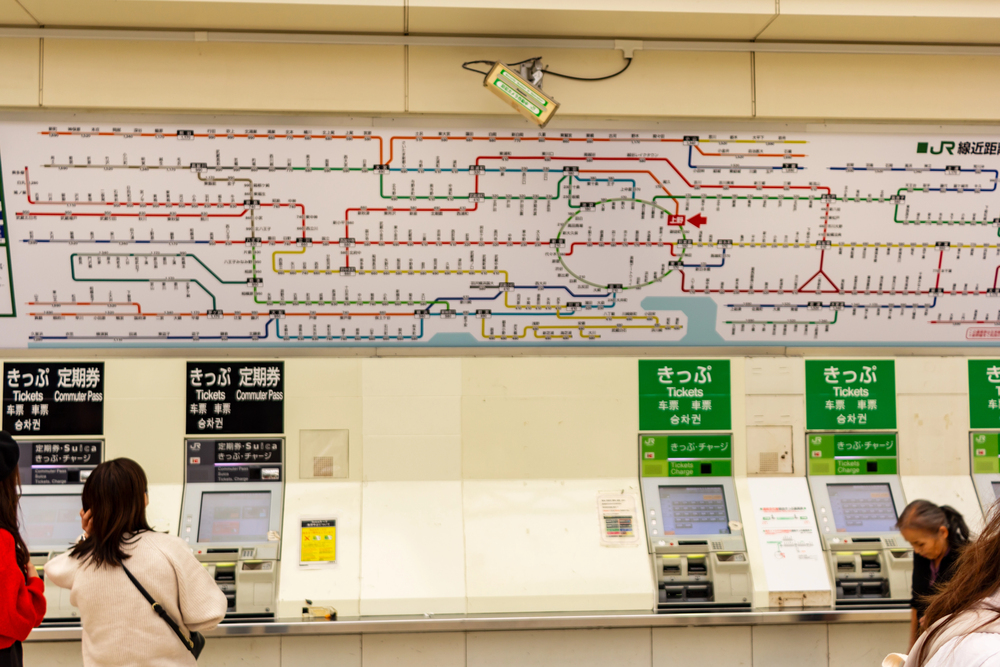
— Photo by HenryStJohn
JR Passes must be purchased outside Japan to get the tourist discount — buy them after you arrive, and you’ll pay significantly more, if you can get them at all. A 7-day JR Pass bought overseas costs around $280, but the same pass purchased in Japan (when available) runs $350+. This isn’t just about trains within Tokyo; if you’re planning any day trips to places like Nikko, Kamakura, or Mount Fuji, the savings add up fast. Order your pass online before departure and pick it up at the airport — it takes five minutes and can save you hundreds of dollars on transportation.
Staying Connected Without a Plan

Roaming charges from your home carrier can hit $10–$15 per day, and that’s just for basic data usage. Stream a few videos or use GPS navigation heavily, and you’re looking at massive overage fees. International SIM cards from the airport cost $30–$50 for a week but provide unlimited data and local phone numbers. Alternatively, many phone carriers offer Japan-specific travel plans for $5–$10 per day with reasonable data limits. Figure out your connectivity strategy before you land, not after you’ve racked up $200 in roaming charges during your first day.
Missing Out on Tax-Free Shopping
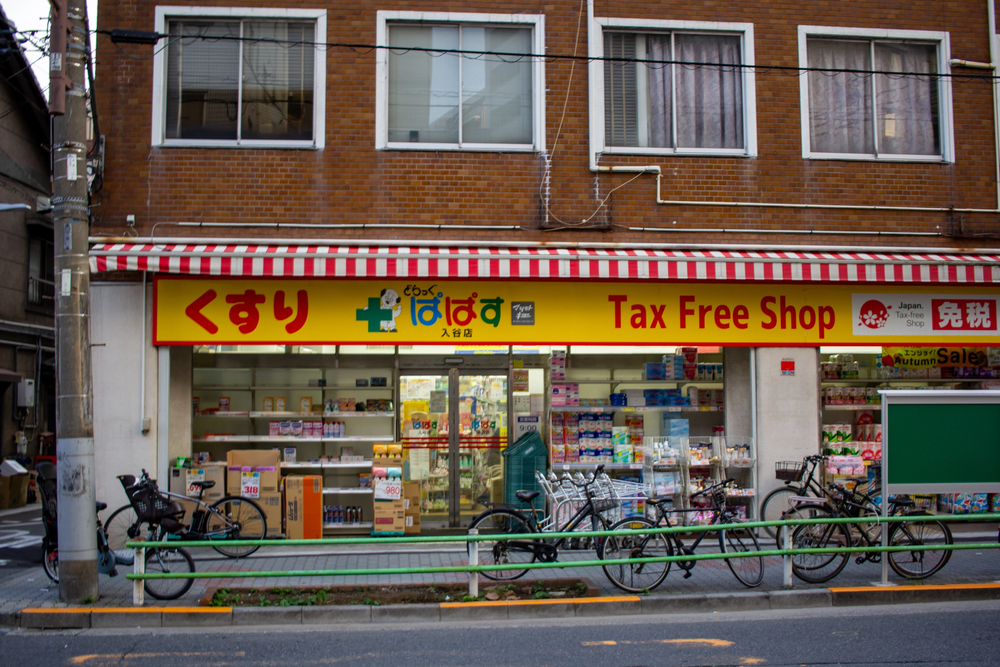
— Photo by HenryStJohn
Tourists can get 8–10% tax refunds on purchases over certain amounts, but many visitors never take advantage of this. Department stores, electronics shops, and many retailers offer tax-free shopping if you show your passport and meet minimum purchase requirements (usually around $50). The process takes a few extra minutes at checkout, but that’s free money back in your pocket. Just remember you’re supposed to take tax-free items out of the country, so don’t open sealed packages until you’re past customs on your way home.
Exchanging Money at Wrong Places
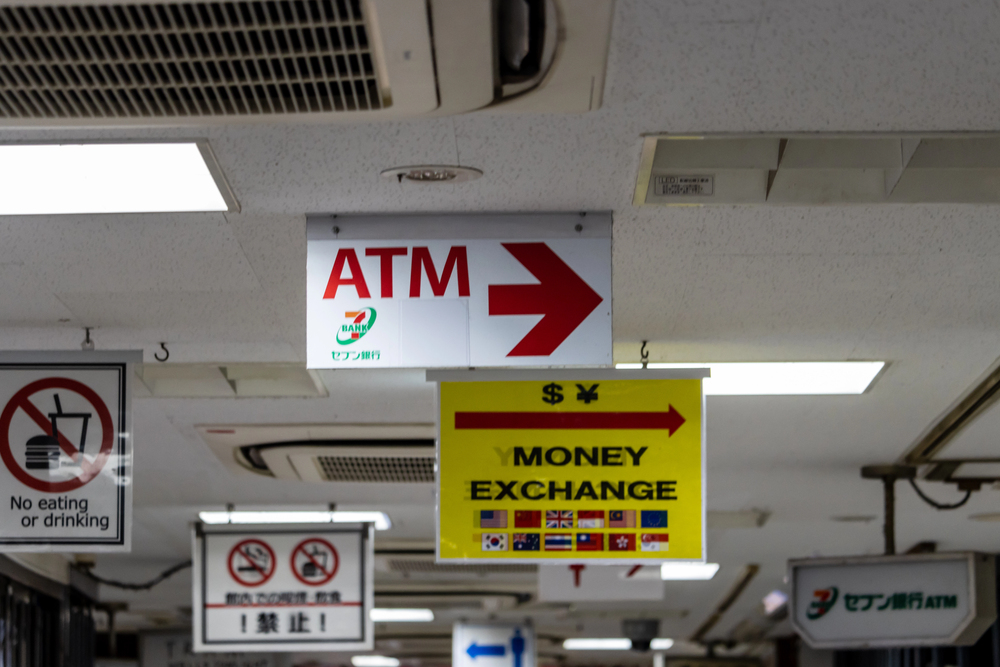
— Photo by HenryStJohn
Airport currency exchanges and hotel money changers offer terrible rates — you might lose 5–10% of your money right off the bat. Japanese post offices and 7-Eleven ATMs accept most international cards and offer much better exchange rates. Plus, Japan is still surprisingly cash-heavy, so you’ll need yen for many restaurants, shops, and transportation options. Exchange a small amount at the airport for immediate needs, then use ATMs for the rest. Those extra percentage points you save add up to real money over a week-long trip.
Buying Souvenirs in Tourist Areas
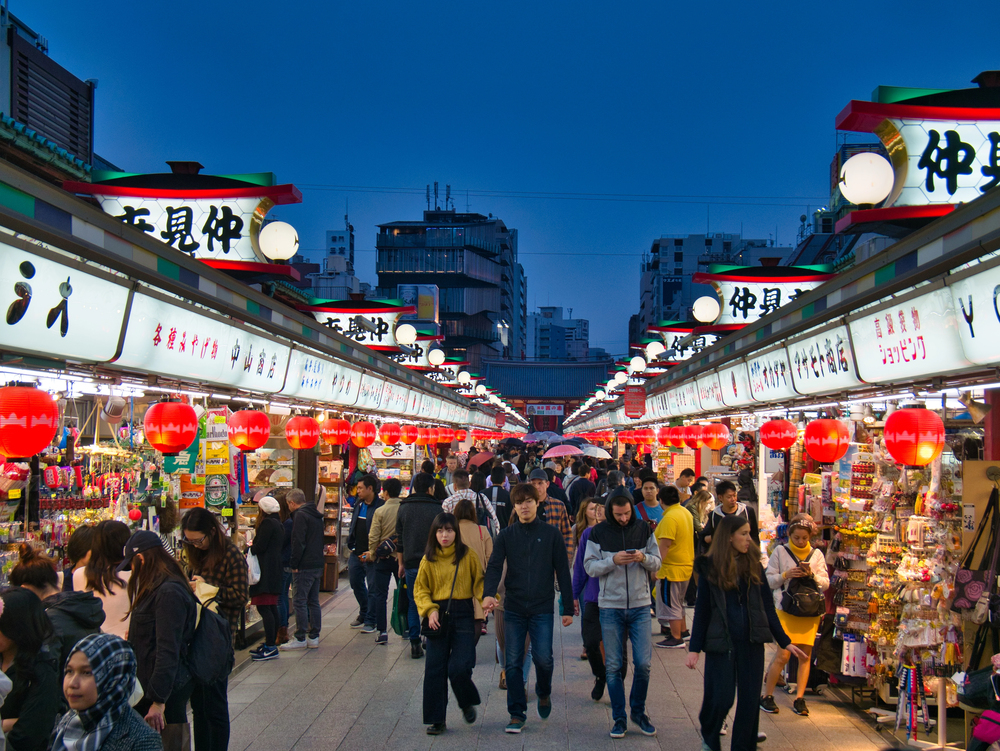
— Photo by mx9uk
Souvenir shops near major attractions mark up their merchandise like crazy — a simple keychain that costs $2 in a regular neighborhood shop becomes $8 near Sensoji Temple. The same goes for those beautiful Japanese fans, chopstick sets, and traditional crafts. Head to regular shopping districts or even discount stores like Don Quijote for much better prices on the same items. Many 100-yen stores (like Daiso) carry perfectly nice souvenirs for a fraction of tourist shop prices. Your friends back home won’t know where you bought that cute ceramic cat, but your bank account will appreciate the savings.
Not Downloading Essential Apps
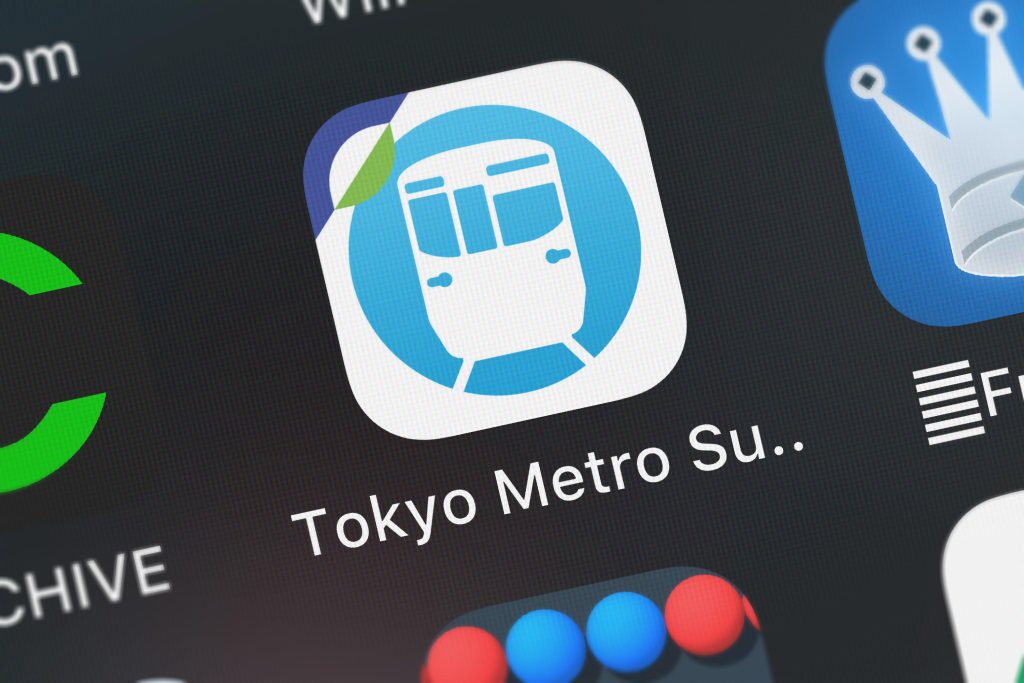
Trying to navigate Tokyo without proper apps is like trying to solve a puzzle blindfolded while riding a roller coaster. Google Translate with camera function, Hyperdia for train schedules, and Tokyo Metro’s official app are absolute essentials that cost nothing to download. Without these, you’ll waste time and money asking for help, taking the wrong trains, or hiring guides for simple tasks. The camera translation feature alone will save you from ordering mystery dishes that cost twice what you expected. These apps turn Tokyo from an expensive maze into a manageable adventure.
Falling for Tourist Trap Activities
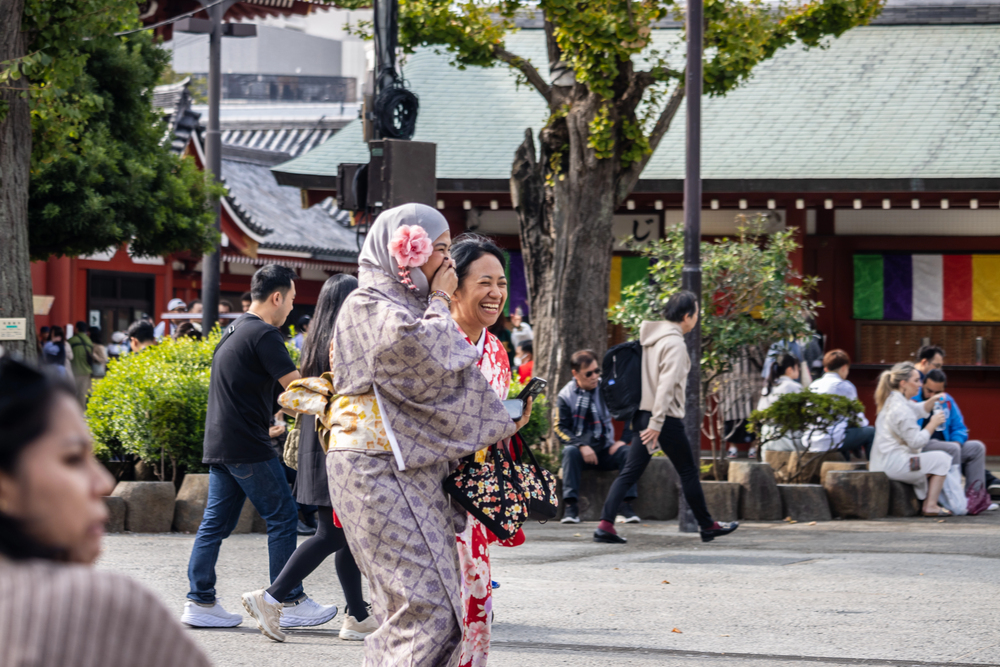
— Photo by HenryStJohn
Tokyo has plenty of legitimate cultural experiences, but it also has expensive tourist traps designed to look authentic. That $100 ‘traditional’ tea ceremony in a hotel might be lovely, but you can find authentic ceremonies for $30–$40 at actual temples or cultural centers. The same goes for ‘ninja experiences,’ ‘samurai lessons,’ and other activities heavily marketed to tourists. Do a bit of research and book directly with cultural institutions instead of through hotel concierges or tour companies. You’ll get more authentic experiences and keep more money in your pocket for actual adventures.
Ignoring Seasonal Pricing

Tokyo’s prices fluctuate dramatically based on seasons and events. Cherry blossom season (late March to early May) sees hotel prices triple, restaurant reservations become impossible, and even convenience store items cost more due to increased demand. Golden Week (late April/early May), summer festivals, and New Year periods create similar price spikes. If you’re flexible with travel dates, visiting during shoulder seasons can save you 40–60% on accommodations and make popular attractions much more accessible. Sometimes waiting a few weeks for your trip can mean the difference between a budget adventure and financial stress.
Where Ancient Meets Modern
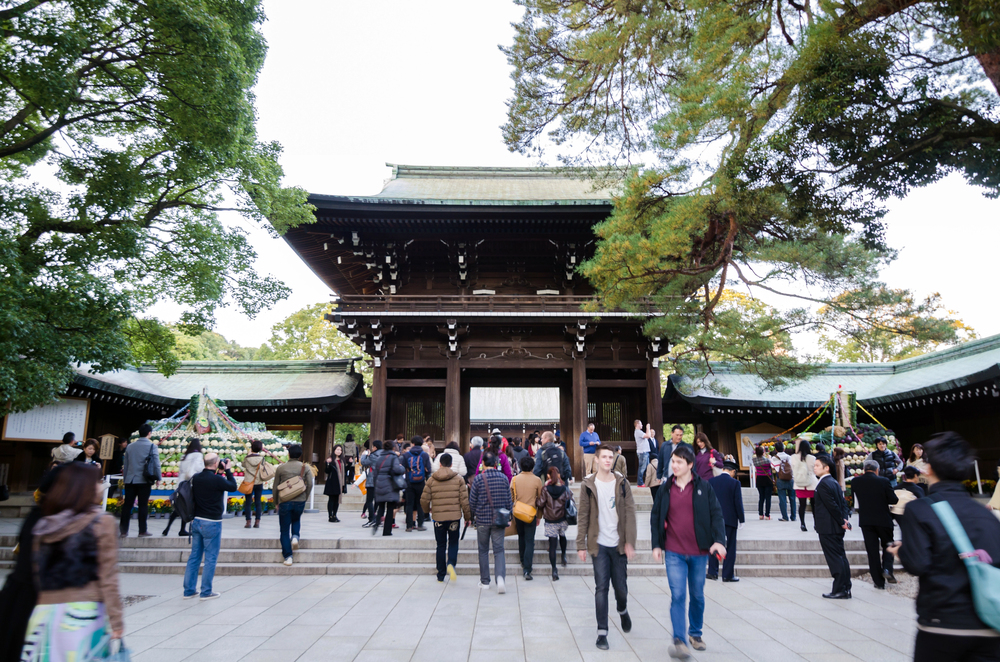
— Photo by siraanamwong
Tokyo’s ability to blend thousand-year-old traditions with cutting-edge innovation creates a unique challenge for visitors — everything seems worth experiencing, and that can get expensive fast. The city rewards travelers who do their homework and understand that the best experiences often aren’t the most expensive ones. A $5 bowl of ramen from a neighborhood shop can be more memorable than a $200 dinner in Ginza, and a quiet moment in a local shrine might resonate more than a crowded tourist temple. The key is knowing when to spend and when to save, letting you experience Tokyo’s magic without breaking the bank. Smart travelers leave Tokyo with full hearts and wallets that aren’t completely empty.
More from Travel Pug

- 20 Best Beach Towns in the Carolinas
- 13 Destinations Where Tourists Regularly Regret Their Trip
- 20 Things You Actually Get in First Class
- 20 Small Airports With Aviation Museums
- 20 Places in the U.S. That Are Perfect for a Reset Trip
Like Travel Pug’s content? Follow us on MSN.
